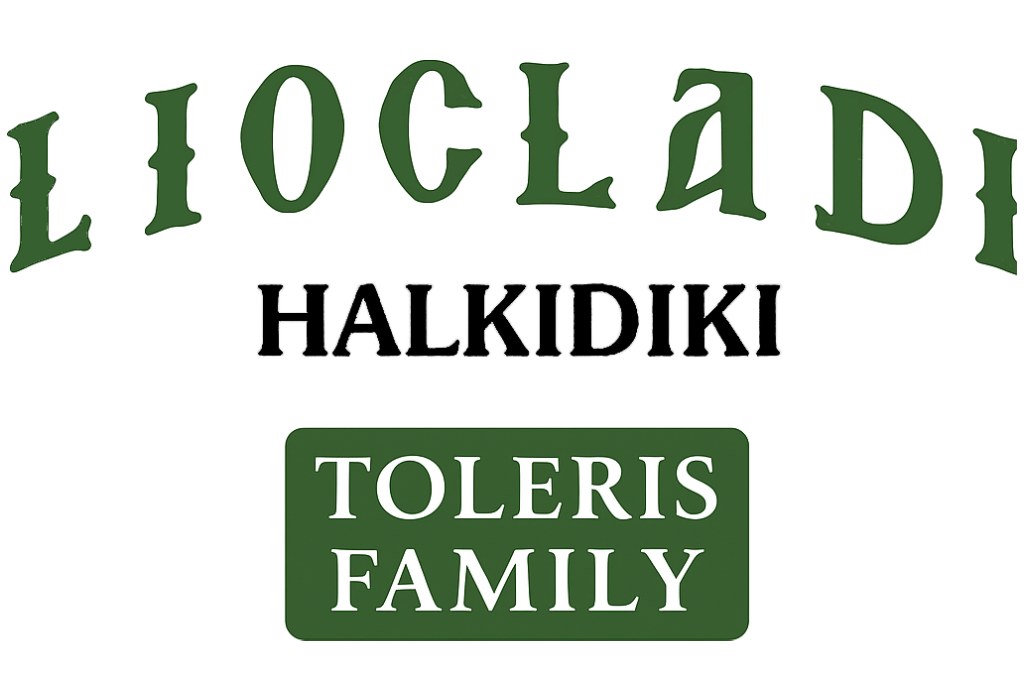Harvesting and transport:
One of the key factors in achieving excellent olive oil production is the proper harvest period of the olives, as well as the time taken to transport them to the mill.
Once we identify the ideal level of fruit ripeness — with healthy appearance, good size, and color — the harvest can then begin.
We choose to harvest the olives either by mechanical means or by hand, then place them in perforated plastic crates to avoid any damage. From there, they are transported directly to the olive mill.
Cleaning – Washing:
At this stage, the olives are transferred to the washing machines, where leaves and foreign materials are removed before they are thoroughly washed and moved on to the next stage.
Grinding of the wrist:
The washed olives are conveyed by belt to a special machine called the crusher.
Ο σκοπός της άλεσης είναι να σχίσει τα κύτταρα της σάρκας και να διευκολύνει την απελευθέρωση των ενζύμων του ελαιολάδου.
Fermentation:
The next step is the malaxation of the olives.
Malaxation is the process of slowly stirring and mixing the crushed olives, usually for 20 to 40 minutes.
The stirring process allows the small droplets of olive oil released during crushing to combine, making separation easier.
Malaxation is always carried out under controlled atmospheric pressure, and the temperature does not exceed 22–25°C (cold pressing), which is essential for preserving the high quality and nutritional value of the olive oil.
Separation:
Στο συγκεκριμένο στάδιο η ελαιοζύμη μεταφέρεται σε ένα ειδικό φυγοκεντρικό μηχάνημα όπου διαχωρίζεται ο φυτικός χυμός από τα υπόλοιπα συστατικά του.
Στη συνέχεια, το μείγμα φυτικού χυμού που προέκυψε από το πρώτο φυγοκεντρικό μηχάνημα περνάει από ένα άλλο στάδιο φυγοκέντρησης, από όπου προκύπτει το καθαρό ελαιόλαδο.
Storage and standardization of olive oil:
After the production process is completed, the olive oil is transferred using food-grade pumps to a specially designed area — the bottling facility — equipped with all necessary certifications.
Once the olive oil has been produced, we carry out the necessary chemical analyses and organoleptic evaluations to ensure the high quality of the final product.
Next, we separate the olive oil into batches according to its variety and quality characteristics, and store it in stainless steel tanks.
Finally, we use automated bottling machines to fill the bottles and tins with extra virgin olive oil.
The final product is sealed, labeled, and marked with its batch code and expiration date.
